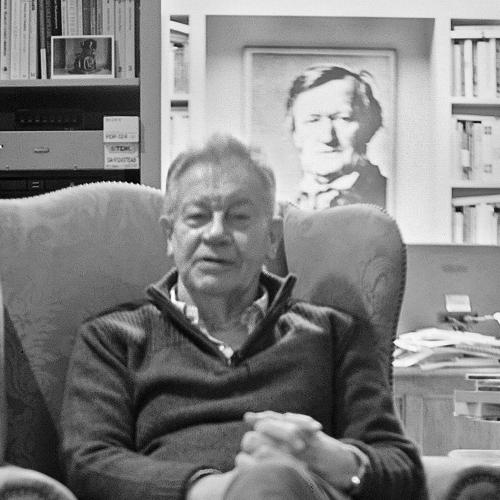COMPOSERS: JS Bach
LABELS: Virgin
ALBUM TITLE: JS Bach
WORKS: Mass in B minor, BWV 232
PERFORMER: Ruth Ziesak (soprano), Joyce DiDonato (mezzo-soprano), Daniel Taylor (countertenor), Paul Agnew (tenor), Dietrich Henschel (bass); Maîtrise Notre-Dame de Paris; Ensemble Orchestral de Paris/John Nelson
CATALOGUE NO: 370 6369 (NTSC system; LPCM stereo; 16:9 picture format)
Bach’s Mass in B minor is most appropriately performed in a cathedral, and Notre-Dame de Paris, lofty and austere, seems particularly right for it. The building has quite an echo, as one hears at the end of the big choral numbers, where the sound reverberates after the performers have finished; but there’s no muddiness to spoil Bach’s intricate counterpoint. John Nelson, who conducts with intense feeling – by the end of the Agnus Dei he is in tears – uses period instruments and techniques; so the long lines of the opening Kyrie are broken up into short phrases, which I find tend to undermine the momentum. Yet at these sensible tempos, and with careful dynamic gradations, the structure of the larger choral sections emerges clearly and thus overwhelmingly. And Nelson has considered carefully the relationships between sections, so that the Mass seems less unbalanced than it often can, given that the Kyrie and Gloria sections taking as long as the whole of the rest.
There are moments when I could do with still greater surges of sound – the very end, for instance. But the soloists, the chorus and the orchestra are united, as their shared smiles show, and it is moving to see how intensely the soloists, especially Joyce DiDonato, listen to one another. It is sufficiently close to being an act of worship for the applause at the close to be a shock, and that is as it should be. Michael Tanner
